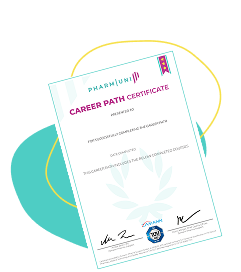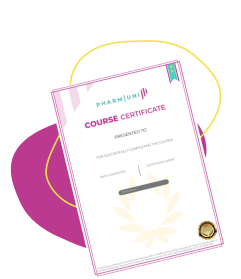CMC (Chemistry, Manufacturing, and Controls) and GMP (Good Manufacturing Practices) form the backbone of pharmaceutical quality assurance. CMC defines how drugs are designed, manufactured, and tested. GMP ensures they are produced consistently under strict regulatory authority standards like the Food and Drug Administration (FDA), European Medicines Agency (EMA), and World Health Organization (WHO).
Together, they protect patients, streamline the drug application process, and ensure compliance at every product lifecycle stage—from clinical trials to post-approval manufacturing.
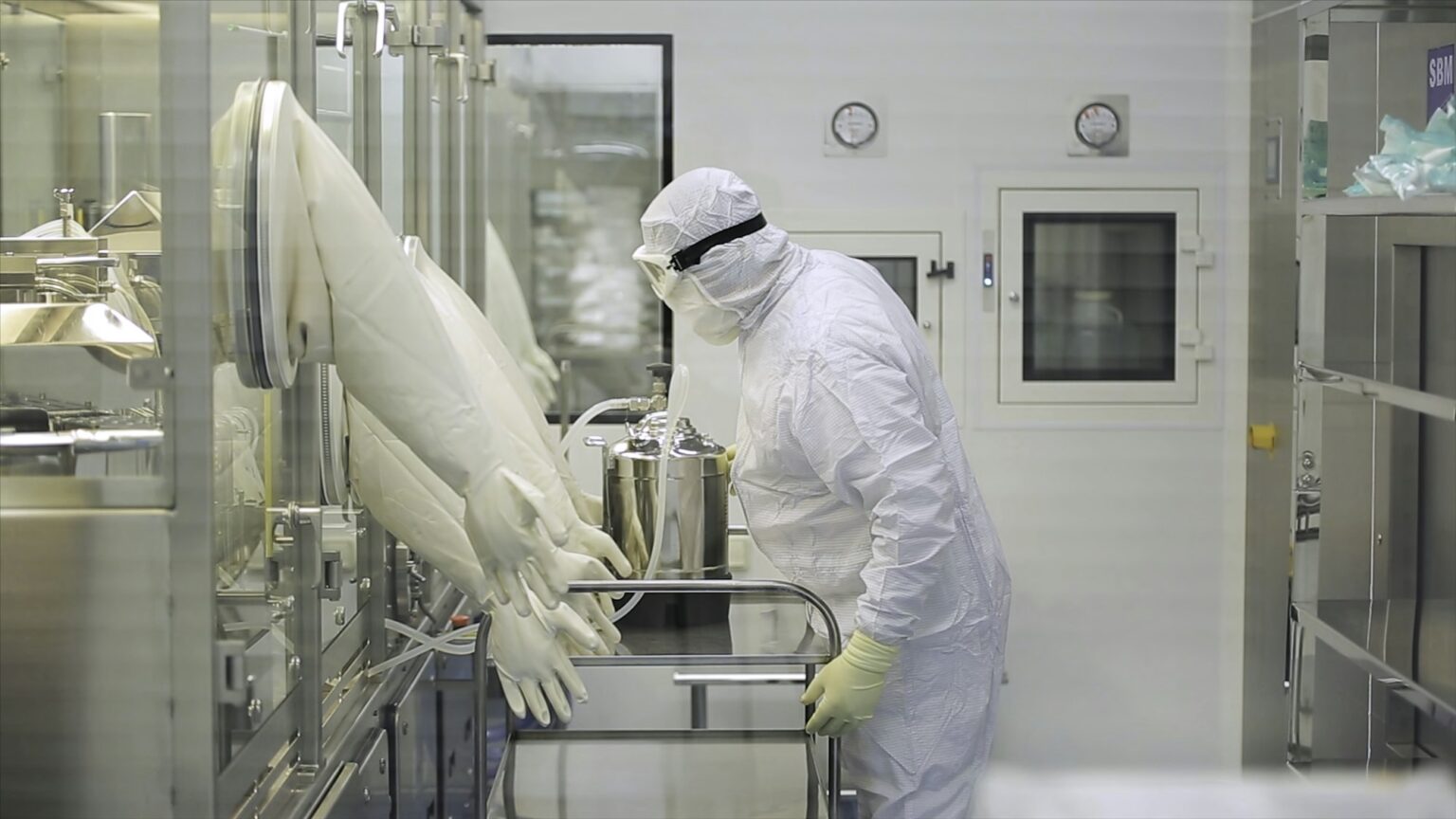
What Is CMC in the Pharmaceutical Industry?
CMC covers every scientific and operational detail needed to prove a medicine’s safety, quality, and efficacy. It includes:
The drug’s chemical composition.
Manufacturing processes.
Quality control testing.
Regulatory agencies require CMC data during every drug application, including Investigational New Drug (IND) and New Drug Application (NDA) submissions to the FDA or Marketing Authorization Applications (MAA) in the EU.
Following CMC guidelines helps detect problems early, preventing costly product recalls or delays. It also ensures each batch meets specifications across global markets, aiding regulatory compliance with ICH Q8, Q9, and Q10 standards.
What Is GMP and Why Does It Matter?
GMP is a framework for manufacturing medicines safely and consistently. It covers:
Facility hygiene.
Equipment calibration.
Raw material handling.
Staff training.
Agencies like the FDA, EMA, and MHRA conduct GMP inspections to verify manufacturing compliance. GMP ensures that manufacturing sites meet quality standards during commercial production and post-approval changes.
By integrating GMP into the product lifecycle, companies reduce the risk of contamination, mix-ups, and supply chain failures, while maintaining patient safety.
Key Differences Between CMC and GMP
CMC and GMP serve different roles in pharmaceutical manufacturing.
Here are the key differences:
- Focus
- Purpose
- Application
CMC focuses on developing new products, while GMP ensures quality during production. Additionally, CMC involves research and testing, while GMP involves manufacturing and quality control. Furthermore, CMC is crucial for innovation, while GMP is essential for consistency and compliance. Ultimately, both CMC and GMP play vital roles in the pharmaceutical industry, with CMC driving innovation and GMP ensuring product quality and safety.
The main distinction between CMC and GMP lies in their respective purposes. While CMC focuses on the manufacturing process, GMP is concerned with ensuring the quality and safety of the final product. Additionally, CMC deals with the technical aspects of production, while GMP involves regulatory compliance and quality control. In summary, CMC is about how a product is made, whereas GMP is about maintaining standards for the end product.
CMC is primarily used in the pharmaceutical industry for product quality control. On the other hand, GMP focuses on ensuring the overall quality of production processes. Additionally, CMC is more specific to drug development, while GMP is applicable to various industries. Furthermore, CMC guidelines are set by regulatory agencies, whereas GMP standards are established by organizations. Ultimately, understanding these distinctions is crucial for maintaining compliance in respective fields.
Why CMC is Important?
Regulatory submissions like NDA, ANDA, and BLA help companies meet strict approval standards. These submissions include detailed product data, ensuring quality, safety, and effectiveness. Moreover, they provide post-approval change data for any product variations. This allows regulators to track updates and maintain product safety over time. Additionally, following ICH and WHO guidelines ensures global compliance. This opens opportunities in multiple markets and supports international growth. As a result, companies can avoid costly delays and compliance issues.
During scale-up, strict regulatory processes reduce the risk of manufacturing deviations. This improves product consistency and protects patient safety. Furthermore, transparent and accurate data builds trust with regulatory agencies. Regulators respond faster when they see complete and reliable information. Therefore, companies can achieve quicker market access and maintain strong relationships with authorities. In turn, this strengthens brand reputation and customer confidence. Consistent compliance also lowers the chance of recalls or enforcement actions. Ultimately, this approach supports sustainable success in competitive pharmaceutical markets.
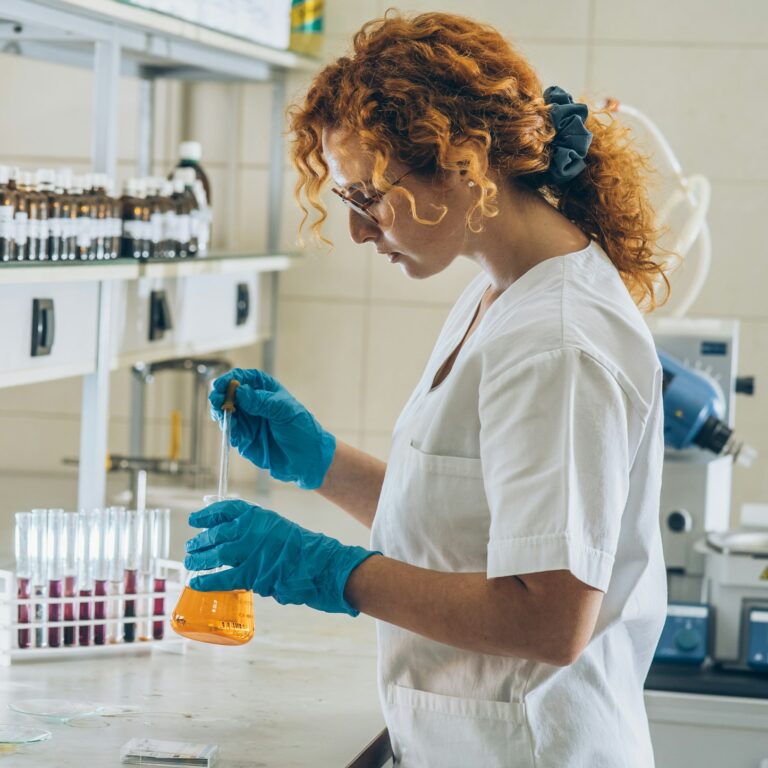
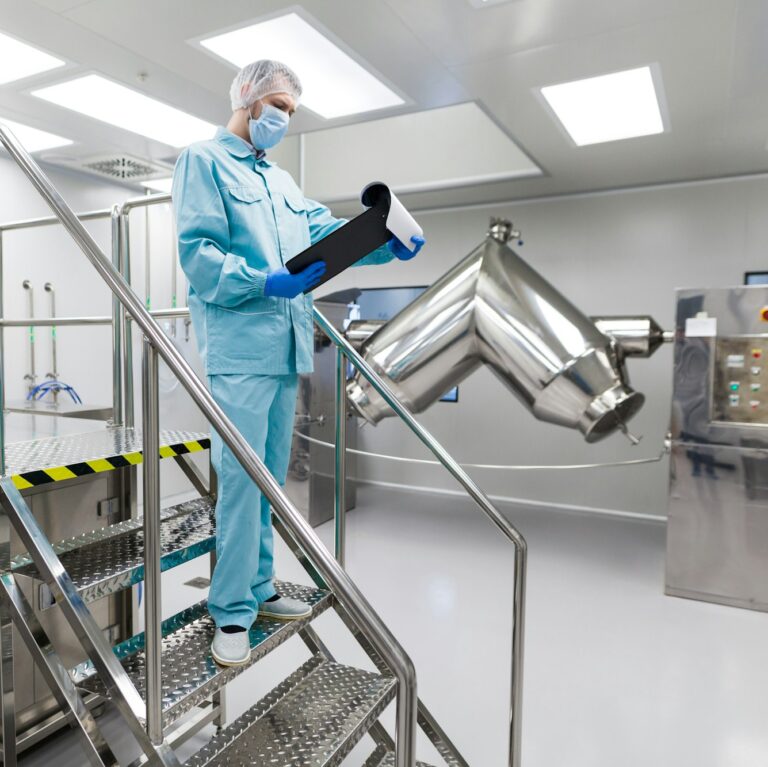
Why GMP is Critical?
Good Manufacturing Practice (GMP) is essential in the pharmaceutical industry. First, it ensures the safety of medicines. By following GMP, companies maintain high-quality standards during the production process. This practice helps prevent contamination and mix-ups.
Second, GMP builds trust with consumers. When patients take medications, they need to feel safe. Strict adherence to GMP regulations reassures them that the products are reliable. This trust also strengthens the company’s reputation.
Third, GMP helps companies comply with regulations. Regulatory bodies require strict quality controls to ensure public safety.
Finally, GMP encourages continuous improvement in processes. Regular reviews and audits help identify areas for enhancement.
Key Regulatory Agencies Overseeing CMC and GMP
These agencies align with ICH guidelines, but local requirements differ, making global regulatory strategy essential.
FDA – United States
The FDA regulates drug approvals through NDA, ANDA, and BLA submissions. It enforces strict quality, safety, and labeling requirements for all products.
EMA – European Union
The EMA oversees centralized marketing authorizations for EU member states. It aligns standards with ICH guidelines to ensure product safety and efficacy.
MHRA – United Kingdom
The MHRA monitors product quality and compliance for medicines and devices in the UK. It also inspects manufacturing sites to verify GMP compliance.
PMDA – Japan
The PMDA reviews drug and device applications in Japan. It collaborates with the MHLW to approve safe and effective products.
TGA – Australia
The TGA regulates therapeutic goods and ensures compliance with Australian standards. It also monitors adverse events through post-market surveillance programs.
Challenges in Harmonizing CMC and GMP
Harmonizing Chemistry, Manufacturing, and Controls (CMC) and Good Manufacturing Practice (GMP) poses several challenges. First, differences in regulations often confuse manufacturers. Each country may have unique requirements, leading to inconsistencies in practices. This situation complicates the global supply chain.
Second, varying interpretations of guidelines can create misunderstandings. Teams may have different views on what constitutes compliance. These differences can result in delays and increased costs. Companies need clear communication to align CMC and GMP effectively.
Additionally, integrating CMC data into GMP processes remains difficult. CMC provides technical details, while GMP focuses on operational practices. Bridging this gap requires coordinated efforts and a strong understanding of both areas. Without this integration, maintaining consistent quality becomes challenging.
Finally, companies often struggle with training and resources. Employees need knowledge in both CMC and GMP to ensure compliance. However, limited training programs can hinder this development.
Pro Tips for successful implementation of CMC and GMP
To successfully implement CMC and GMP in the pharmaceutical industry, prioritize employee training. Trained staff easily follow procedures and ensure quality. Next, maintain clear documentation for all processes. This clarity helps everyone stay aligned. Additionally, conduct regular audits to identify and address issues. Encourage open communication among teams to enhance collaboration. Finally, engage with regulatory agencies to clarify expectations. Following these tips boosts compliance and strengthens product quality.
Get practical advice on overcoming challenges in implementing CMC and GMP guidelines:
Clear Procedures
Establish clear SOPs for all processes. Train employees on SOPs. Ensure adherence. Maintain quality and compliance. Improve efficiency and consistency. Minimize errors and confusion. Enhance overall performance and customer satisfaction.
Quality Management System
To ensure compliance with regulations and standards, a quality management system must be implemented. This includes regular audits, inspections, and reviews. Audits identify areas for improvement, inspections monitor compliance, and reviews assess overall effectiveness.
Automation Boost
By implementing robotics, AI, and IoT, companies can automate tasks, increase efficiency, and reduce human error. This leads to improved quality control, faster production times, and decreased likelihood of product contamination.
Employee Development
Invest in ongoing training and development to keep employees up-to-date. This will ensure compliance with regulations. It will also improve skills and knowledge. Additionally, it boosts employee morale and retention.
Regulatory Compliance
It is important to regularly communicate with regulatory agencies. Share information openly. Stay updated on changes. Address issues promptly. Keep records organized. Follow guidelines closely.

Ershad Moradi
Ershad Moradi, a Content Marketing Specialist at Zamann Pharma Support, brings 6 years of experience in the pharmaceutical industry. Specializing in pharmaceutical and medical technologies, Ershad is currently focused on expanding his knowledge in marketing and improving communication in the field. Outside of work, Ershad enjoys reading and attending industry related networks to stay up-to-date on the latest advancements. With a passion for continuous learning and growth, Ershad is always looking for new opportunities to enhance his skills and contribute to pharmaceutical industry. Connect with Ershad on Facebook for more information.

Good Manufacturing Practices in Canada: Download Official GMP PDFs (2025)
Want official PDFs for good manufacturing practices in Australia? This page helps you choose and download the right TGA/PIC/S documents fast: PIC/S PE009-17 (Parts I–II + Annexes), plus GMP clearance, inspection reliance, code tables, and the submission user guide for TGA Business Services.
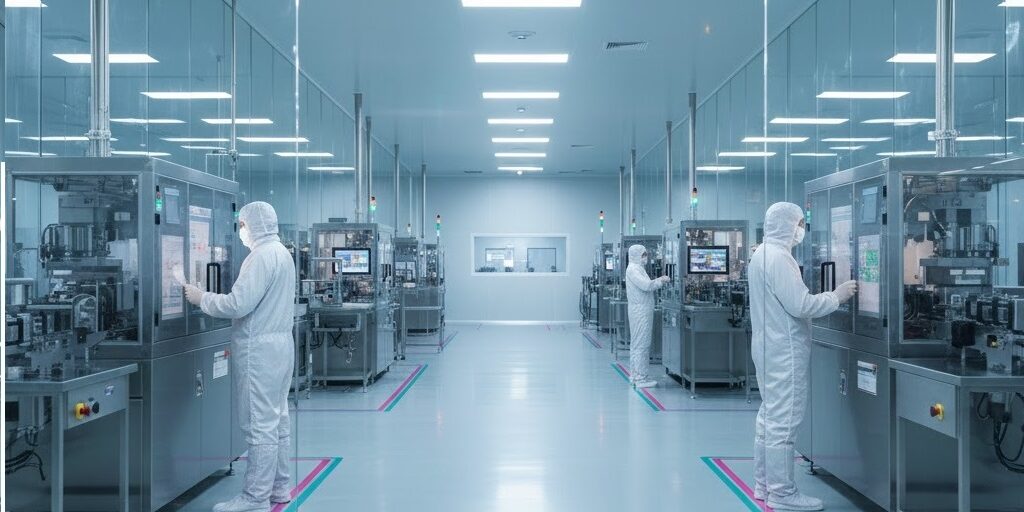
Good Manufacturing Practices (GMP) in Australia 2025: Download TGA GMP Guides
Want official PDFs for good manufacturing practices in Australia? This page helps you choose and download the right TGA/PIC/S documents fast: PIC/S PE009-17 (Parts I–II + Annexes), plus GMP clearance, inspection reliance, code tables, and the submission user guide for TGA Business Services.
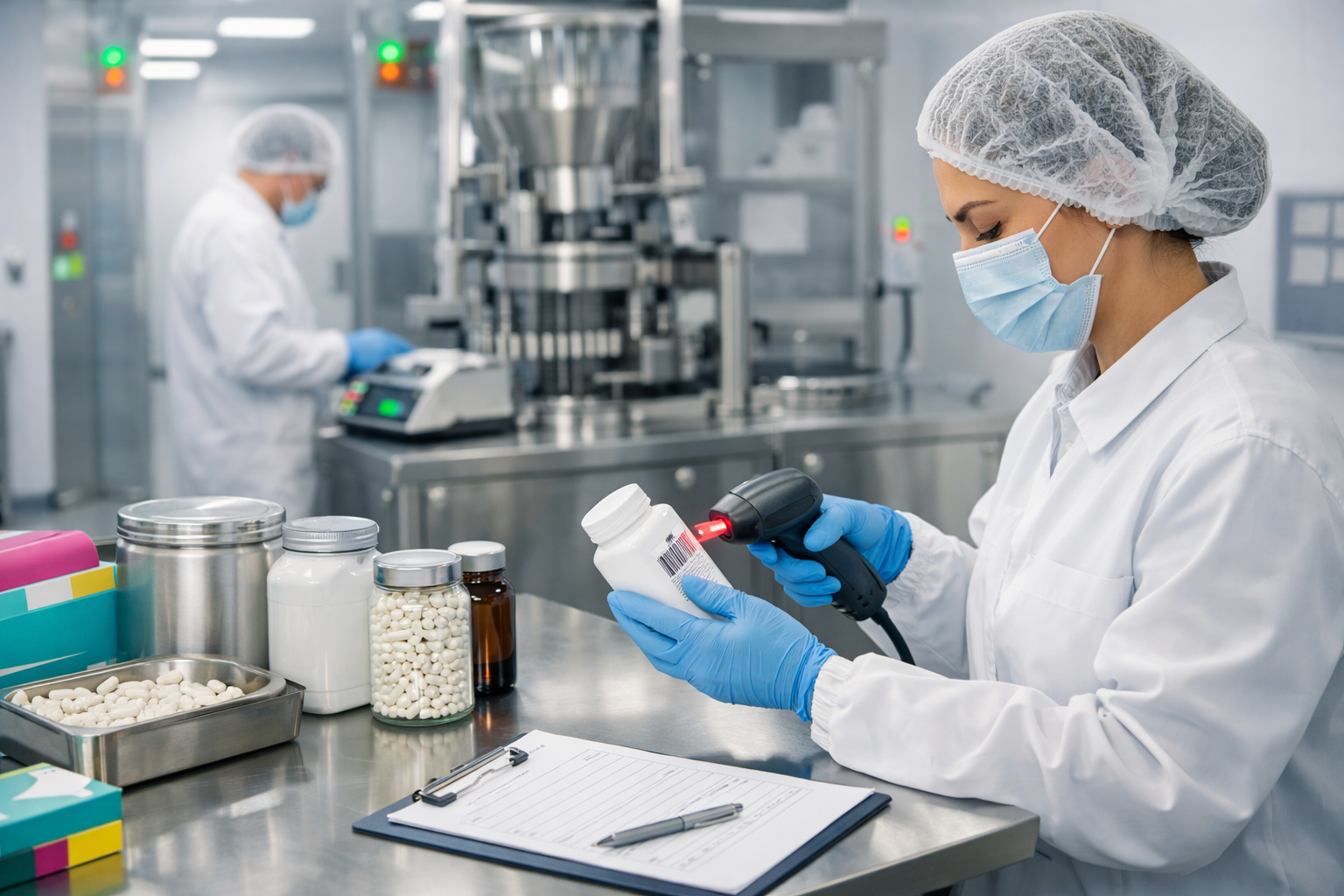
GMP Certified Supplements: Meaning and Proof in 2025
In 2026, buyers want proof, not hype. This guide explains what gmp certified supplements mean, what GMP controls in dietary supplement manufacturing, and what GMP does not guarantee. Then it compares GMP claims with third-party programs like USP Verified, NSF, and Informed-Sport. Finally, you get a simple checklist to verify certificates and shop smarter.

